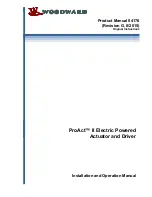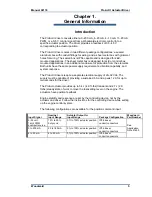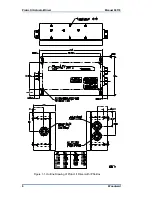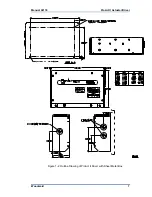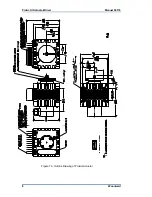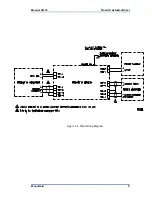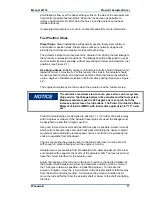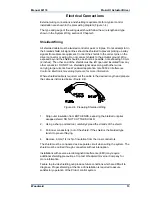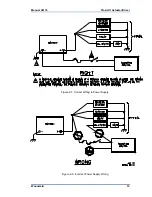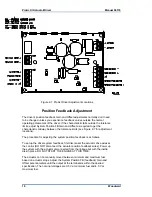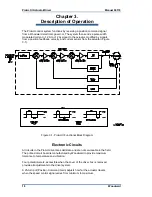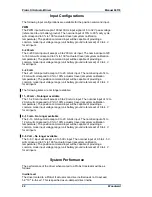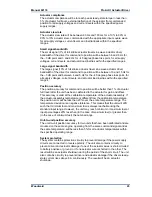
ProAct II Actuator/Driver
Manual 04176
10
Woodward
Chapter 2.
Installation
Unpacking
Be careful when unpacking the electronic driver. Check the driver for signs of
damage, such as bent or dented panels, scratches, and loose or broken parts.
Notify the shipper and Woodward if damage is found.
Mounting
The driver box is designed to operate within an ambient temperature range of
–40 to +70 °C (–40 to +158 °F).
The driver is capable of withstanding the following vibration specifications:
Shock—US Mil Std 810C, M516.2, PL 40G, 11 ms sawtooth
Vibration—Random Vibration 0.04 G²/Hz WGC RV2
If the application has a higher vibration level than specified (0.04 G²/Hz),
vibration isolators must be used to keep the levels below the given levels.
Mount the driver in a location with space for adjustment and wiring access. Do
not expose the driver to sources of radiant heat such as exhaust manifolds or
turbochargers. Mount the driver close enough to the actuator and battery to meet
the wire length requirements (see wiring requirements in Chapter 5).
The driver will generate some heat, so surfaces must be open to normal air
movement. No special ventilation is required.
Ideally, the driver should be mounted flush to the metal side of a control cabinet,
protected from the weather and high humidity, and close to the engine being
controlled. Do not install the driver directly on the engine. The location should
provide protection from high-voltage or high-current devices, or devices which
produce electromagnetic interference. After initial adjustments are completed,
access to the driver will not be required for normal engine operation.
Actuator Installation
Thermal
The actuators are designed for installation on the engine. The actuators will
generate heat, especially when stalled or during other conditions requiring
maximum torque output. Maximum operating temperature for the ProAct II
actuator is 100 °C (212 °F).
The installer must consider the heat conductivity of the installation bracket, and
the operating temperature of the ultimate heat sink to which the bracket will be
attached. Generally the heat transfer abilities of aluminum and low-carbon steel
are better than those of high-carbon steel or stainless steel.

